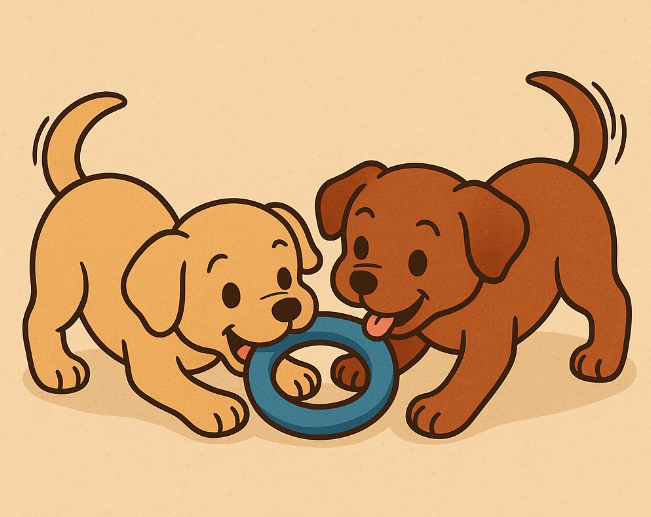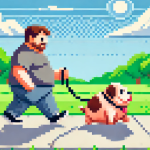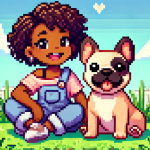
Science Says Your Dog’s Puppyhood Shapes Their Personality—Here’s How
That side-eye does your pup throw at the mailman? Or your cat-level shade when you take out the vacuum? Turns out, science just dropped a bombshell: your dog’s earliest months of life can leave a paw-print on their personality forever.
A brand-new study of nearly 4,500 dogs shows that what happens before your pup hits six months old—think stressful experiences, shelter stays, or rough handling—can shape whether they grow up more fearful or aggressive.
Basically, puppyhood isn’t just cute—it’s critical.
What the Science Found (in Plain English)
Researchers asked thousands of dog guardians to spill the kibble on their pets’ backstories and behavior. Here’s the scoop:
- Stressful puppyhood = more fear & aggression later. Dogs who had tough experiences (like being rehomed, injured, or abused) before six months old were more likely to act fearful or aggressive as adults.
- Timing matters. The earlier the stress, the stronger the effect. Puppies under six months are especially sensitive.
- Breed plays a role. Some breeds (like Siberian Huskies and American Eskimo Dogs) showed bigger behavior changes after early adversity, while others (like Labs and Goldens) were surprisingly resilient.
- Home life counts too. Dogs living with kids often scored higher for fear and aggression—probably because kids are, well, unpredictable snack-stealers and tail-grabbers.
Translation? A puppy’s first few months are basically the “origin story” of who they become.
Why Pet Parents Should Care
Fear and aggression aren’t just “bad behaviors.” They’re leading reasons dogs end up in shelters—or worse, euthanized. They also fuel scary problems like bite injuries (especially to children).
But here’s the hopeful part: knowing the risk factors means you can step in early. Just like kids, dogs need safe, stable, and loving environments to thrive.
3 Science-Backed Tips to Raise a Happy, Chill Pup 🐶✨
1. Make Puppyhood a Safe Zone
Think of your puppy like a sponge—they soak up everything. Positive exposure to people, sounds, and other animals during the first six months can build resilience for life.
👉 Translation: More cuddles, fewer scary surprises.
2. Watch for Stress Signals
Is your pup cowering, growling, or avoiding eye contact? That’s doggy for “I’m overwhelmed.” Respond with calm reassurance, not punishment.
👉 Remember: punishing fear is like yelling at someone who’s scared of spiders. It doesn’t help—they just get more scared.
3. Know Your Breed’s Personality Quirks
Some breeds are naturally more sensitive to stress. If you’ve got a Husky or an American Eskimo Dog, early socialization and gentle handling are extra important. Labradors and Goldens may bounce back faster, but every dog benefits from a safe, supportive environment.
👉 Breed isn’t destiny, but it’s a clue.
What This Means for Rescue Parents 💕
If you’ve adopted a dog with an uncertain or rocky start, don’t panic. This research doesn’t mean your pup is doomed—it means they might just need extra patience, structured training, or even professional support.
Think of it this way: if your dog had a “ruff” beginning, you get to be their superhero chapter. 🦸♀️🐾
The Big Takeaway
Your dog’s early experiences can shape their personality for life, but love, stability, and good care can make a huge difference.
So the next time your pup zooms around the house at midnight or barks at the neighbor’s lawn gnome, remember: there’s science behind those quirks—and plenty you can do to help.
Share Your Pet’s Story 🐕🐾
Have you noticed your dog’s puppyhood shaping who they are today? Drop your stories (and cutest pics) in the comments—we want to hear about the lovable, quirky, perfectly imperfect pups that make your life better.




